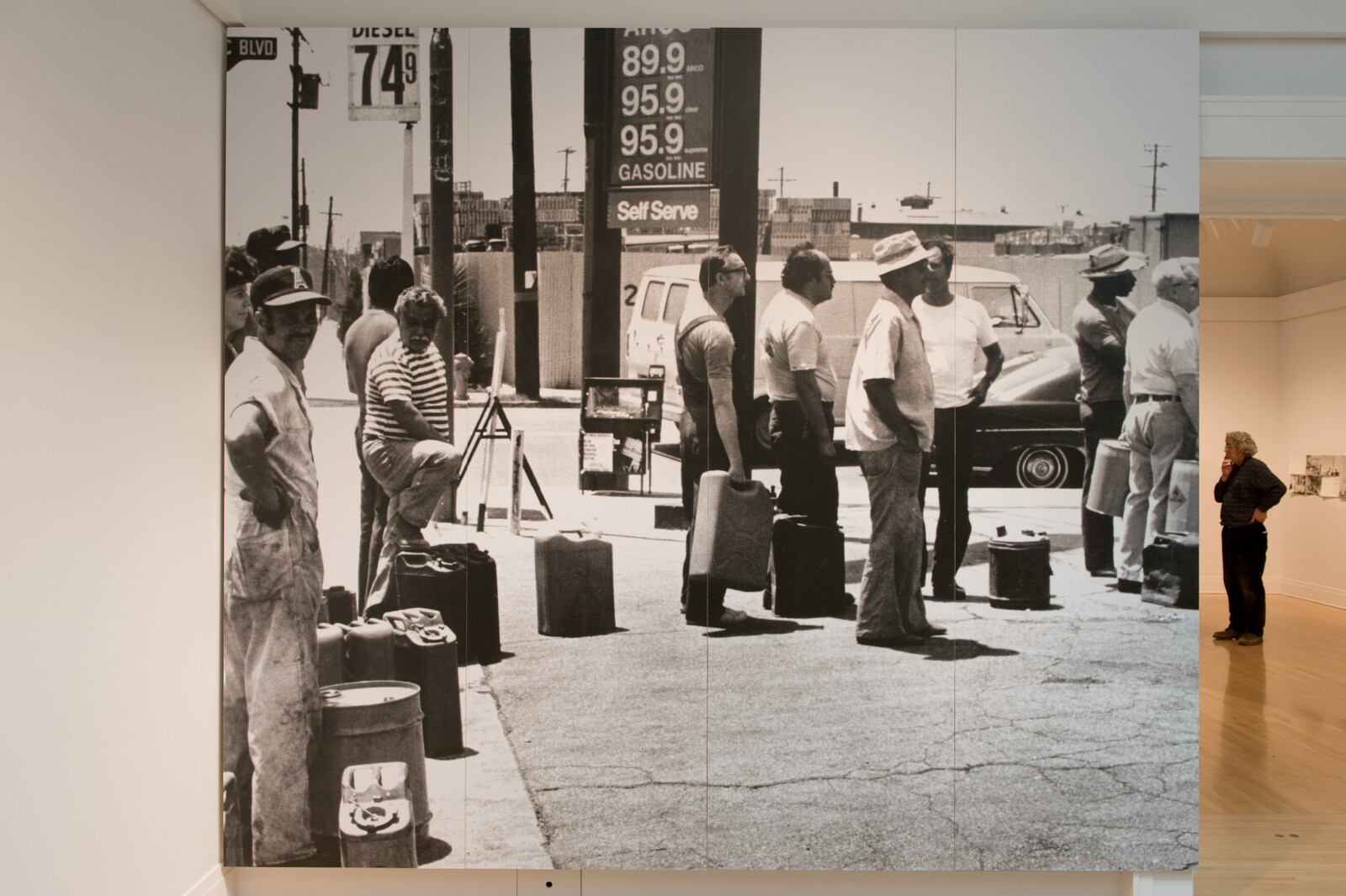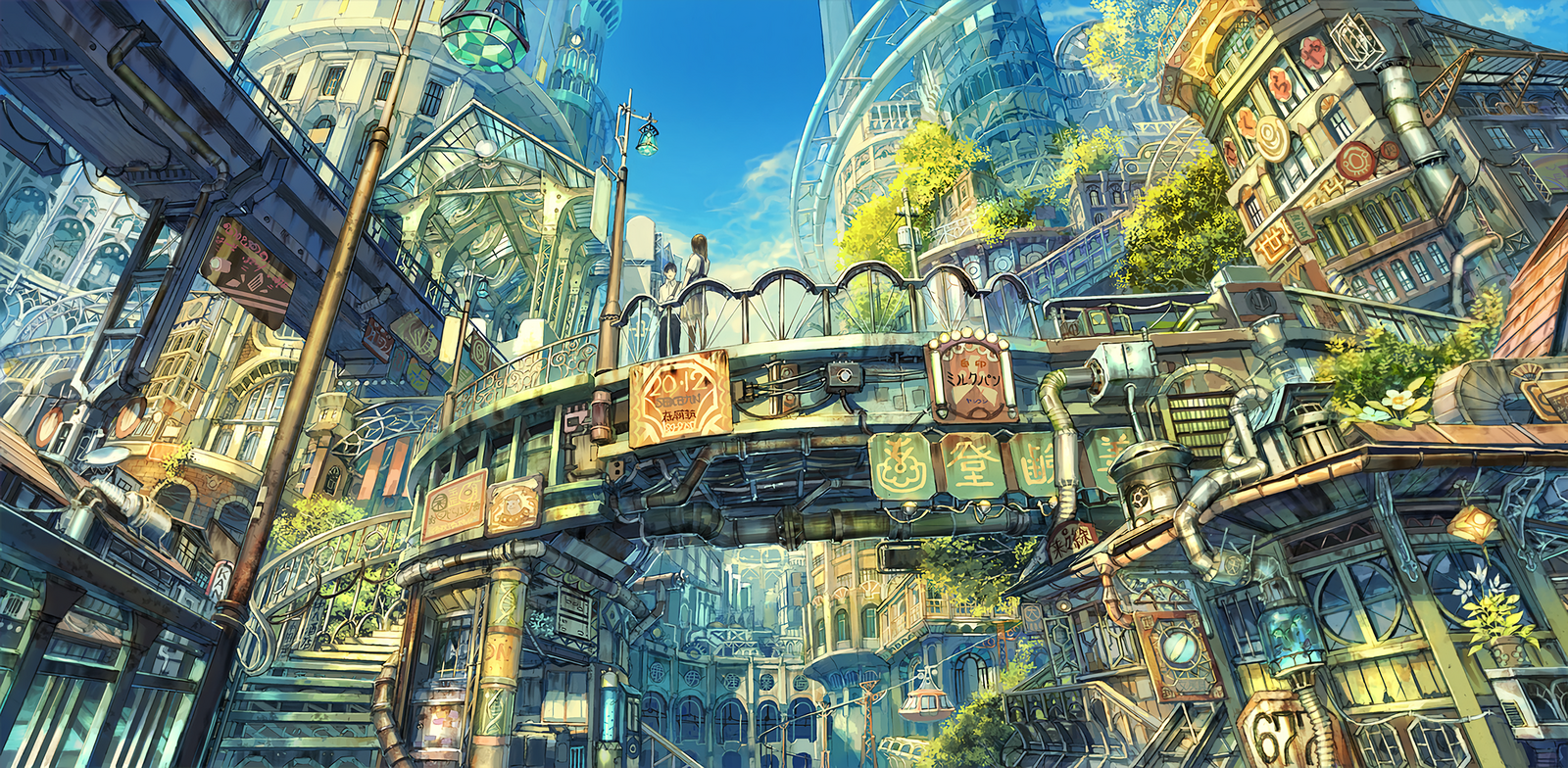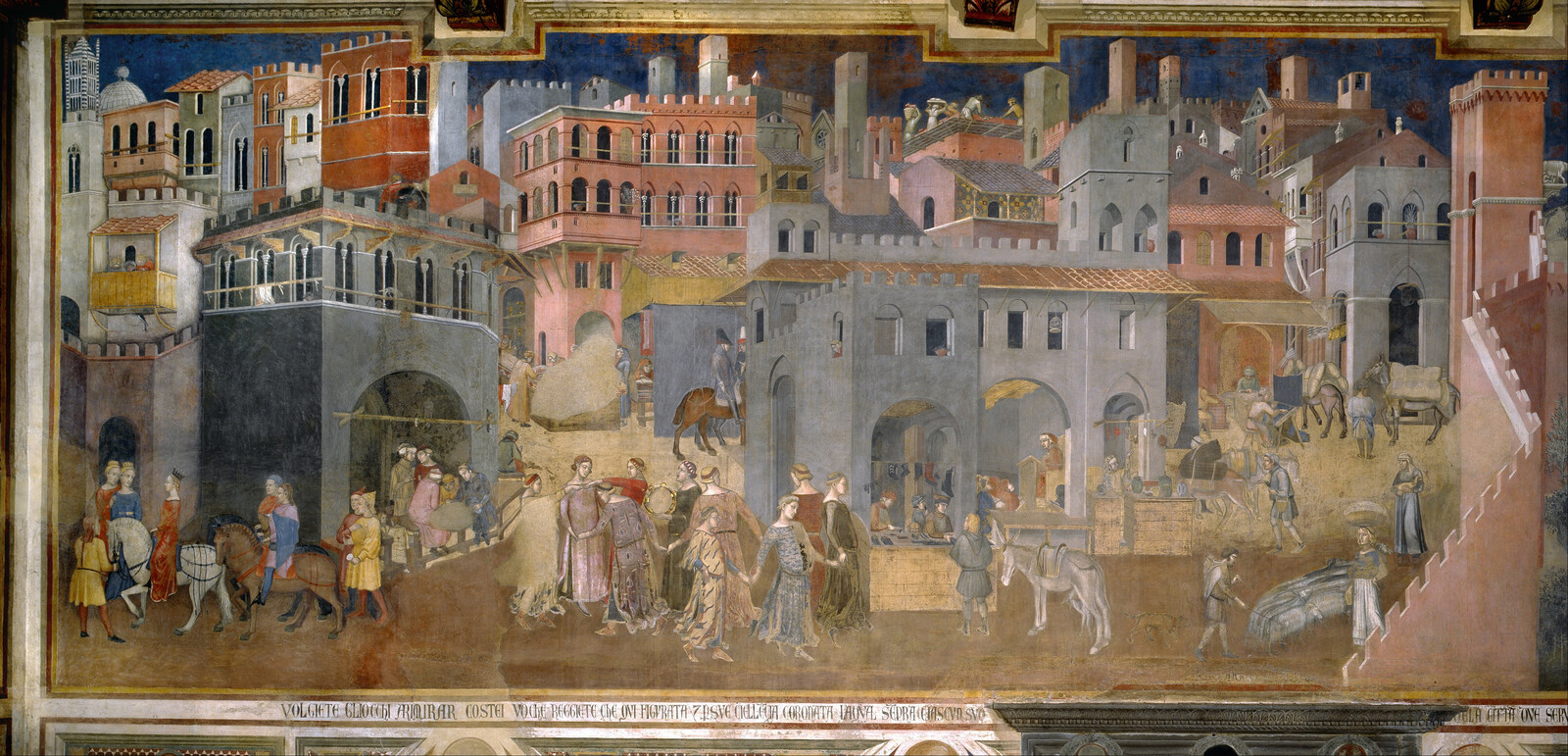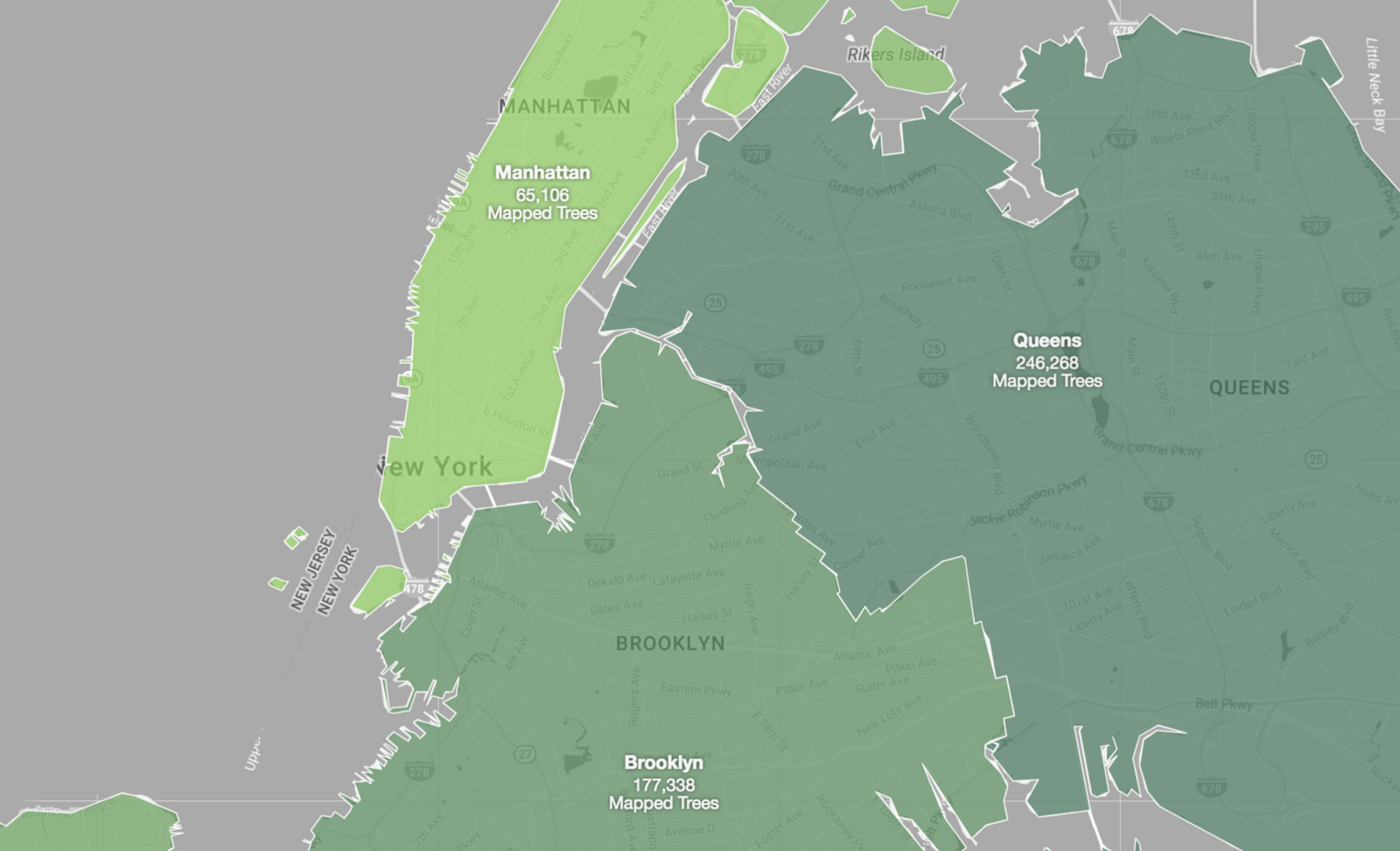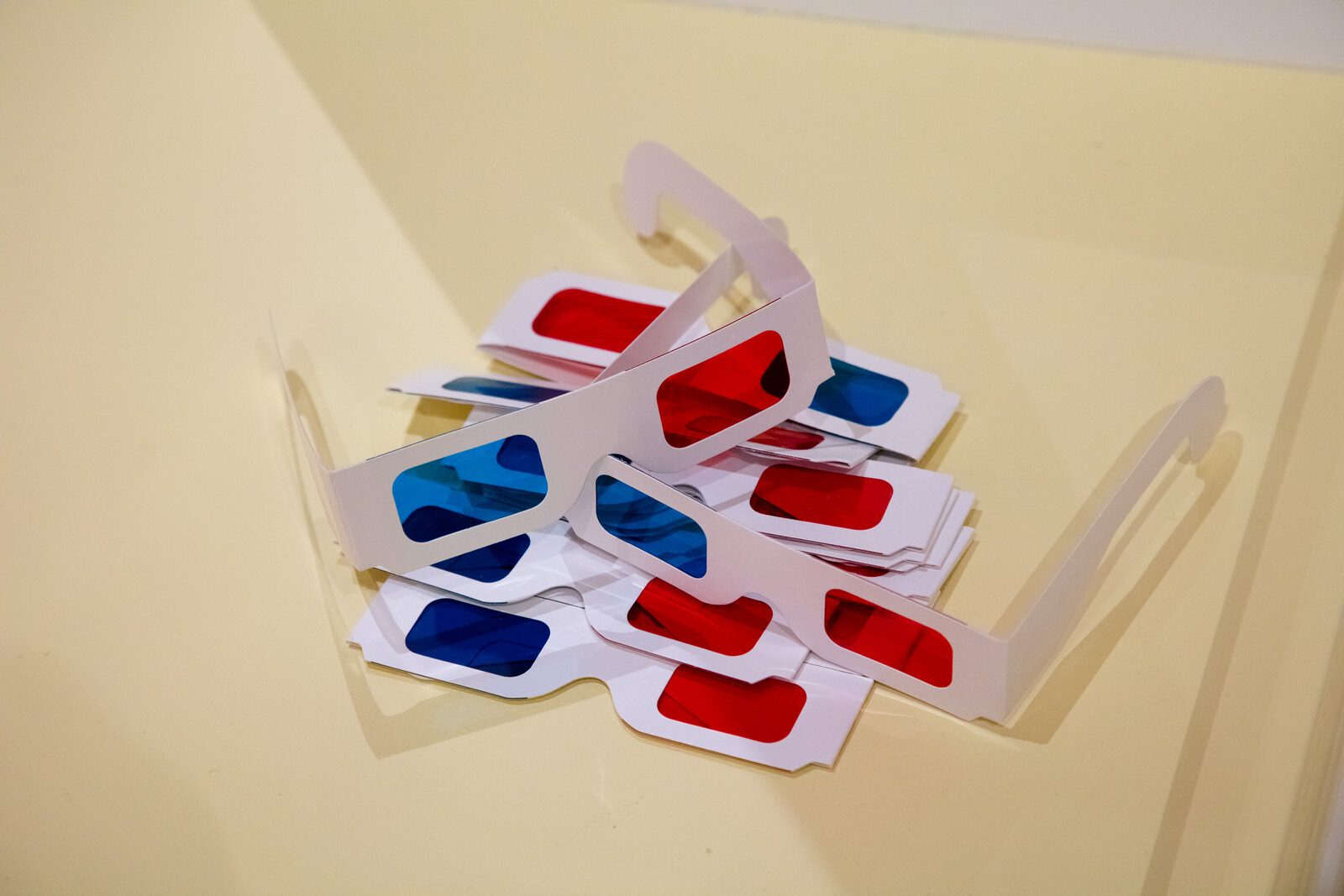When they talk about their work in public, Zurich-based architects Thomas Padmanabhan and Oliver Lütjens invariably begin with a series of seemingly straightforward statements: “We love the city,” they say. “We love streets, squares and façades.”1
In their deadpan frankness, these words are oddly disarming. They sound old-fashioned for one thing—have we not lost the ability to appreciate such simple pleasures?—yet also heavily ironic. One can sense a “but…” coming, and it does, but with an acknowledgement that the contexts in which Lütjens Padmanabhan work are usually far from ideal. Their projects are invariably located not in the classical city spaces they profess to love, but in the interstitial zones of suburban edges and leftover lots. Much of the pleasure of their work lies in this in-between space—both literal and metaphorical—and in the fertile gap where idealism meets reality.
Their Waldmeisterweg housing project, which was completed in early 2019, is a case in point. It is a building that appears straightforward but reveals its idiosyncrasies slowly. It is uncanny, and much of that uncanniness is to do with how oddly normal it appears at first. This is a kind of hyper-normality, an extreme deadpan quality that results in a strangely particular and highly specific design language.
Waldmeisterweg is located in the suburbs of Zurich. It comprises twenty affordable apartments accommodated in a five-storey structure set back into a sloping site. Lütjens Padmanabhan describe the siting of this building as antithetical to the tradition of the Siedlung, the typical organizational device of much Swiss housing. Instead of scattered blocks within a landscape, their Waldmeisterweg building has a clear front and back. Sitting amidst the brick and render housing blocks of the area, it immediately appears more formal and urbane. Not the least of its contradictions, therefore, is that it feels like an urban building in a suburban setting.

Lütjens Padmanabhan Architekten, Waldmeisterweg, 2019. Photo: Hélène Binet.

Lütjens Padmanabhan Architekten, Waldmeisterweg, 2019. Photo: Hélène Binet.

Lütjens Padmanabhan Architekten, Waldmeisterweg, 2019. Photo: Hélène Binet.
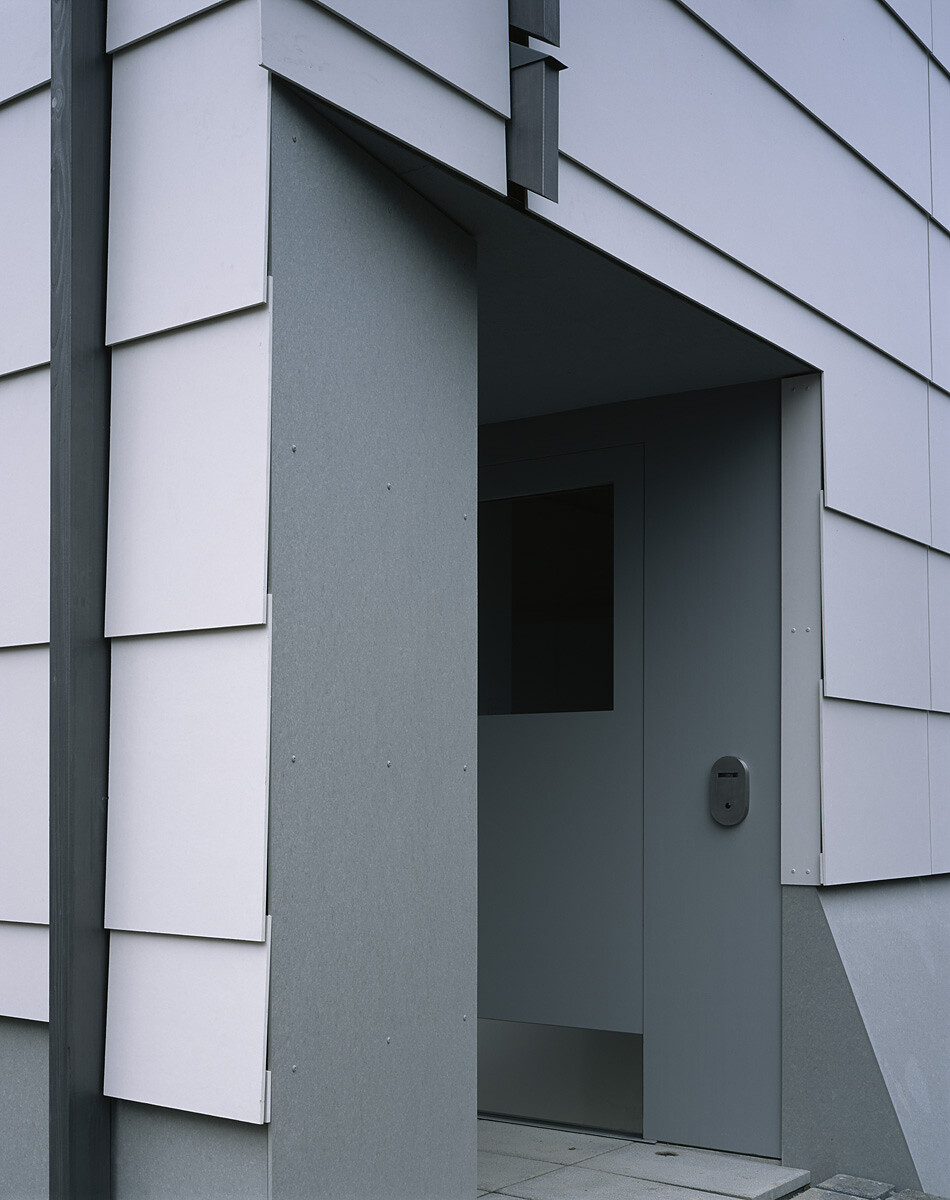
Lütjens Padmanabhan Architekten, Waldmeisterweg, 2019. Photo: Hélène Binet.

Lütjens Padmanabhan Architekten, Waldmeisterweg, 2019. Photo: Hélène Binet.
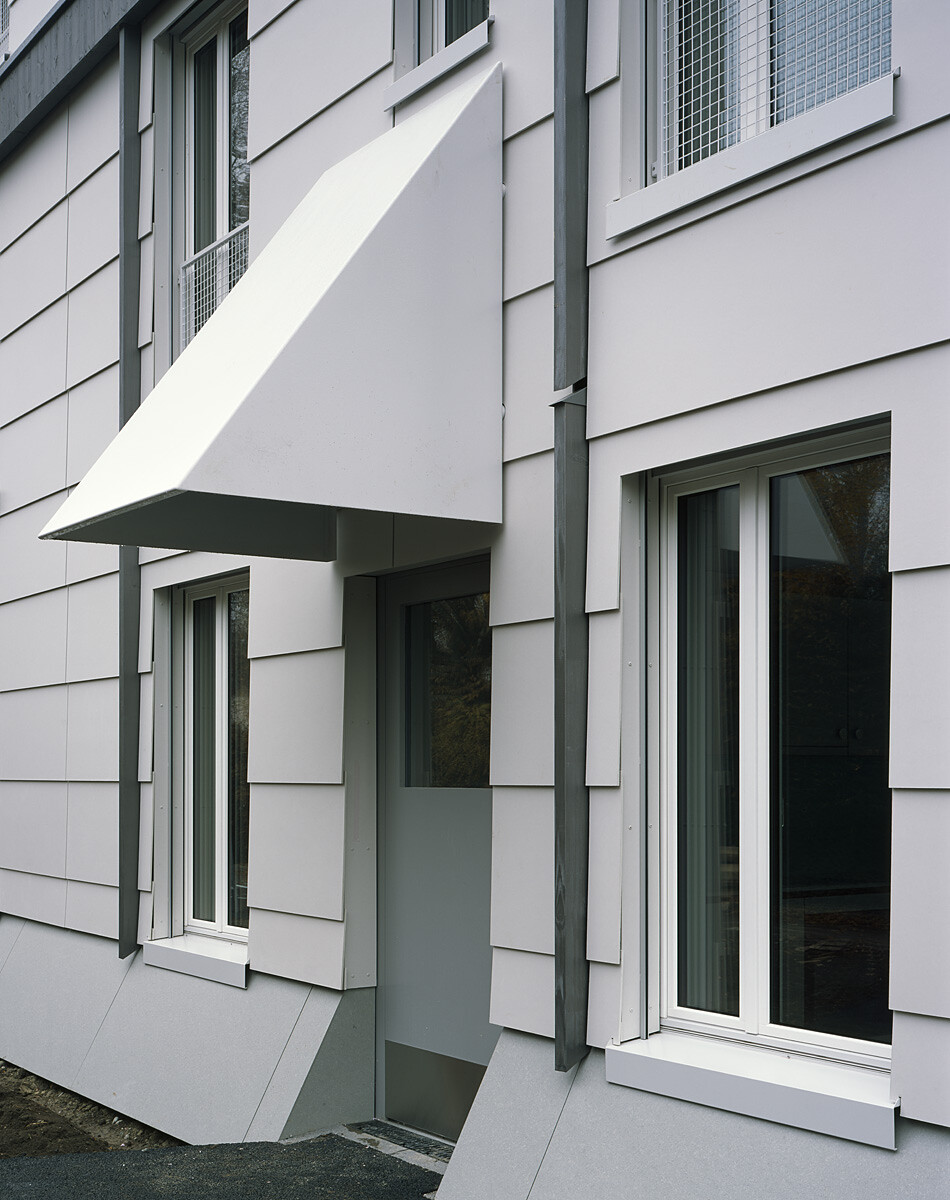
Lütjens Padmanabhan Architekten, Waldmeisterweg, 2019. Photo: Hélène Binet.

Lütjens Padmanabhan Architekten, Waldmeisterweg, 2019. Photo: Hélène Binet.
Lütjens Padmanabhan Architekten, Waldmeisterweg, 2019. Photo: Hélène Binet.
The building has a formal front elevation offering a relatively closed face to a narrow street. This façade is also exaggeratedly flat with the curious quality of a scale model, as if it is made of thinner, less substantial materials than it should be. The cladding is actually large Eternit cement panels laid in horizontal bands, a material that Lütjens Padmanabhan suggest has connotations with informal sheds and beach huts but which is used here in a very deliberate and formal manner.
This façade is rigorously un-composed. Or, more accurately, it has been composed so that certain inconsistencies are expressed in the form of broken visual rhythms and imperfect proportions. The joint lines between the boards, for instance, misalign with some of the windows, creating an overlaying of elements which articulate compositional adjustments between the requirements of the interior, the realities of the cladding system, and the ideal proportions of the architecture.
In contrast to the taught rigidity of the front façade, the rear elevation is more informal. It also has depth, with large balconies inset into the volume facing the garden. And it has been bent in the middle, like a piece of paper, so that the plan inflects towards the centre. The slope of the site also means that the front elevation is five storeys—expressed as four plus a recessed penthouse level—while the rear is only four. This shift is registered on the façade by a datum line of timber boarding that travels around the perimeter of the building while the ground level shifts in relation to it. The elevations are thus clearly expressed as different from each other but united by certain consistencies of material and detail treatment.

Lütjens Padmanabhan Architekten, Waldmeisterweg, 2019, northeast elevation.

Lütjens Padmanabhan Architekten, Waldmeisterweg, 2019, northwest elevation.

Lütjens Padmanabhan Architekten, Waldmeisterweg, 2019, southeast elevation.

Lütjens Padmanabhan Architekten, Waldmeisterweg, 2019, southwest elevation.
Lütjens Padmanabhan Architekten, Waldmeisterweg, 2019, northeast elevation.
Like a lot of Lütjens Padmanaban’s work, there are references—both explicit and subtle—to other architects. Most obviously, the large shovel-like awnings over the entrance doors recall the work of John Hejduk. The same exaggeratedly simple, cartoon-like awnings appear across the façade of Hejduk’s Kreuzberg housing scheme in Berlin. Approached straight on, with two small windows on either side, the entrances at Waldmeisterweg are unmistakably face-like with the awnings appearing as giant noses. Against the relative severity of the rest of the façade, it appears intentionally absurd and comic.
Stationed around the perimeter of the rear garden are other Hejdukian figures in the form of bright-yellow painted lights. Like the post box on their previous Binningen housing scheme, these objects are playfully figurative, suggestive of static, miniature sentries guarding the residents’ private garden. These incidental figures also have the distinctive sloping nose of the entrance hoods. It is a shape that appears again and again in their work, sometimes as appendages or add-ons as here, but also in the form of whole sections of façade, as in their design for a primary school in Staffeln.
Once inside, other references reveal themselves. The entrance lobby is small but contains an elaborately detailed staircase. The stair treads are formed from alternate bands of black and white terrazzo, like stacked piano keys. This striking object recalls, very deliberately, Edwin Lutyens’ marble staircase at Gledstone Hall, one of several of the architect’s houses to feature in Robert Venturi’s Complexity and Contradiction in Architecture. Here we have one architectural hero filtered through the lens of another so that the origins are never quite clear. The stick-like balustrade, formed from white-powder coated steel, is deliberately at odds with the treads, its lightness mining an entirely different seam of architectural influences.

Lütjens Padmanabhan Architekten, Waldmeisterweg, 2019. Photo: Hélène Binet.

Lütjens Padmanabhan Architekten, Waldmeisterweg, 2019. Photo: Hélène Binet.

Lütjens Padmanabhan Architekten, Waldmeisterweg, 2019. Photo: Hélène Binet.

Lütjens Padmanabhan Architekten, Waldmeisterweg, 2019. Photo: Hélène Binet.

Lütjens Padmanabhan Architekten, Waldmeisterweg, 2019. Photo: Hélène Binet.

Lütjens Padmanabhan Architekten, Waldmeisterweg, 2019. Photo: Hélène Binet.
Lütjens Padmanabhan Architekten, Waldmeisterweg, 2019. Photo: Hélène Binet.
A single-aspect launderette space runs partially along the length of the front façade, negotiating the shift in topography behind. This space continues the theme of black and white stripes, this time augmented by mirrors that strategically amplify the scale. Above the launderette are arranged twenty dual-aspect apartments, each with its own generous balcony facing the rear communal garden. The central organizational move of the apartments is to dispense with a lobby or hallway, so that the front door leads straight into the kitchen/dining space. Bedrooms and bathrooms pivot around this space with an absolute minimum of circulation. The apartments are intelligently planned, well laid-out, and appropriately undemonstrative.
The Unbearable Lightness of Building
When architects talk about materiality, they invariably mean solidity, mass, and depth. In this sense, materiality describes not simply the physical character of something but an aspirational quality too. To express materiality is to express certain qualities deemed desirable. But materials can be thin and light. They can be artificial—in the sense of, say, fake wood panels—but still be genuine in the sense that they are made of something and that something has material qualities. As Mark Wigley has written in another context: “It is too easy to describe that which identifies itself as a mask as a mask.”2
Lütjens Padmanaban’s materials are often light in themselves, but they also express that lightness. At Waldmeisterweg, the cladding panels are laid with the edges exposed so that the depth of the board can be perceived and the fact that the building is made up of layers: structural, thermal, protective. They want us to see this, to understand the realities of contemporary construction, and to allow this knowledge to inform the way that people experience the building.
Lütjens and Padmanabahn have often stated their affection for the work of Robert Venturi and Denise Scott Brown, the thinness of their facades and the manner in which they reveal a certain authenticity of construction. Authenticity is not a word one would immediately associate with Venturi Scott Brown, but their architectural language evolves partly out of a recognition that what architecture wants to be and what it is made of are not necessarily the same thing. Expressing that gap, giving it meaning, is a form of honesty. It articulates not just how things are built but something else: a poignancy, perhaps, or a lament for something lost.
At the 2018 Chicago Biennale, Lütjens Padmanaban recreated, at diminutive scale, an inhabitable model of Venturi Scott Brown’s Lieb House—an asbestos-clad beach house built in 1969 in New Jersey. The Lieb House is already a kind of model, a reduced and abstracted representation of the typical beach houses of its context. What does it mean to make a model of a model, or a representation of a representation?
Like the borrowing of Hejduk’s awning, their Chicago model consciously situates architecture as culture, as something that exists within a historic continuum and as something that involves conscious choice and the exercise of aesthetic preference. An awning can keep the rain out and can denote entrance in general, fairly unambiguous terms. But it can also refer to other architectures and other places, or to a lineage of work that is engaged with similar questions of materiality or composition. The importance of certain kinds of historic example for them is they suggest that, though contexts and situations change, some things retain relevance. The compositional techniques of the Renaissance, for instance, are still useful today, though the material means of realizing them have changed utterly.3
In Praise of Shadows
The Waldmeisterweg building is constructed from a concrete frame. This is evident but not particularly celebrated on the interior. But in each apartment—at the threshold between the kitchen and the balcony—there is a column, nominally load-bearing and made of black terrazzo. The column is a little awkwardly placed—close to but not quite touching the window—and on the ground, where a shadow cast by the sunlight from outside might be, there is a strip of timber; a petrified shadow, cast permanently into the tiled floor, just a few millimetres thick.
The shadow is another architectural reference, this time to Peter Celsing’s Villa Klockberga, located in the outskirts of Stockholm, where the outline of a shadow is inlaid in tile across the villa’s entrance hall. Celsing is an important architect but not well-known outside architectural circles. So, this reference could be construed as an in-joke, a wry allusion that offers little benefit to the apartment’s residents. The sort of thing, in other words, that might get people’s backs up.

Lütjens Padmanabhan Architekten, Waldmeisterweg, 2019, ground floor plan.

Lütjens Padmanabhan Architekten, Waldmeisterweg, 2019, upper floors plan.

Lütjens Padmanabhan Architekten, Waldmeisterweg, 2019, top level plan.
Lütjens Padmanabhan Architekten, Waldmeisterweg, 2019, ground floor plan.
Humour in architecture is often regarded with suspicion, and much of that suspicion is directed towards the idea that the joke being made is both obscure and made at someone else’s expense. I have already said that I find the entrance hoods at Waldmeisterweg funny, by which I mean that their scale and facial qualities render them comical. This is a humour of both recognition and exaggeration, like Groucho Marx’s false nose and glasses. The joke—if that is indeed a useful term here—lies not in the reference to Hejduk, but in something closer to caricature and the silent comedy of absurdity.
There is a rich tradition of this in architecture. One can experience it in the oversized keystones of Nicholas Hawksmoor, for example, especially where they hang ominously over side doors and passageways like the rocks perched precipitously on a cliff edge in a Road Runner cartoon. It is also present in classical mouldings, where caricature and exaggerated references to the human body are often present.
But while Lütjens Padmanaban’s work displays moments of visual wit, it is not intended as a joke. Like the way they profess their love for the city, there is a frankness as well as a seriousness at play, as well as a sense of decorum. There is an almost stern satisfaction taken in the revelation of how architecture is made, as well as a desire to transcend functionalism with moments of visual wit and pleasure.
Perversely, perhaps, one might see an ethical position here, an attempt to not only express the reality of contemporary construction, but to find a joy in these constraints. When describing their approach to Brutalism, Alison and Peter Smithson once referred to the “rough poetry” that was a natural consequence of using materials “as-found.”4 There is a different kind of poetry in the materials and construction methods available to us today, one that is far more controlled and regulated. This might be our poetry: a combination of responsibility and rarefaction.
Lütjens Padmanaban’s work demonstrates that there is a deep pleasure in the capacity of architecture to work on different levels, to move between functional requirements, practical constraints, and aesthetic precision, and to enjoy the occasional lack of resolution among them. That these requirements both relate to and fundamentally depart from historical precedents is also a form of meaning, one that allows us to articulate an appropriate language of building for today.
Lütjens Padmanabhan Architekten, “Houses,” public lecture, AE Foundation, June 21, 2014, ➝.
Mark Wigley, “Theoretical Slippage,” Princeton Journal 4, (Princeton Architectural Press, 1992): 95.
For a thorough transcript of Lütjens Padmanabhan Architekten’s thoughts regarding the role of historic examples see their interview on the Scaffold Podcast series, episode 22, 2019, ➝.
Alison & Peter Smithson, “The New Brutalism,” Architectural Design (April 1957).
Positions is an independent initiative of e-flux Architecture.




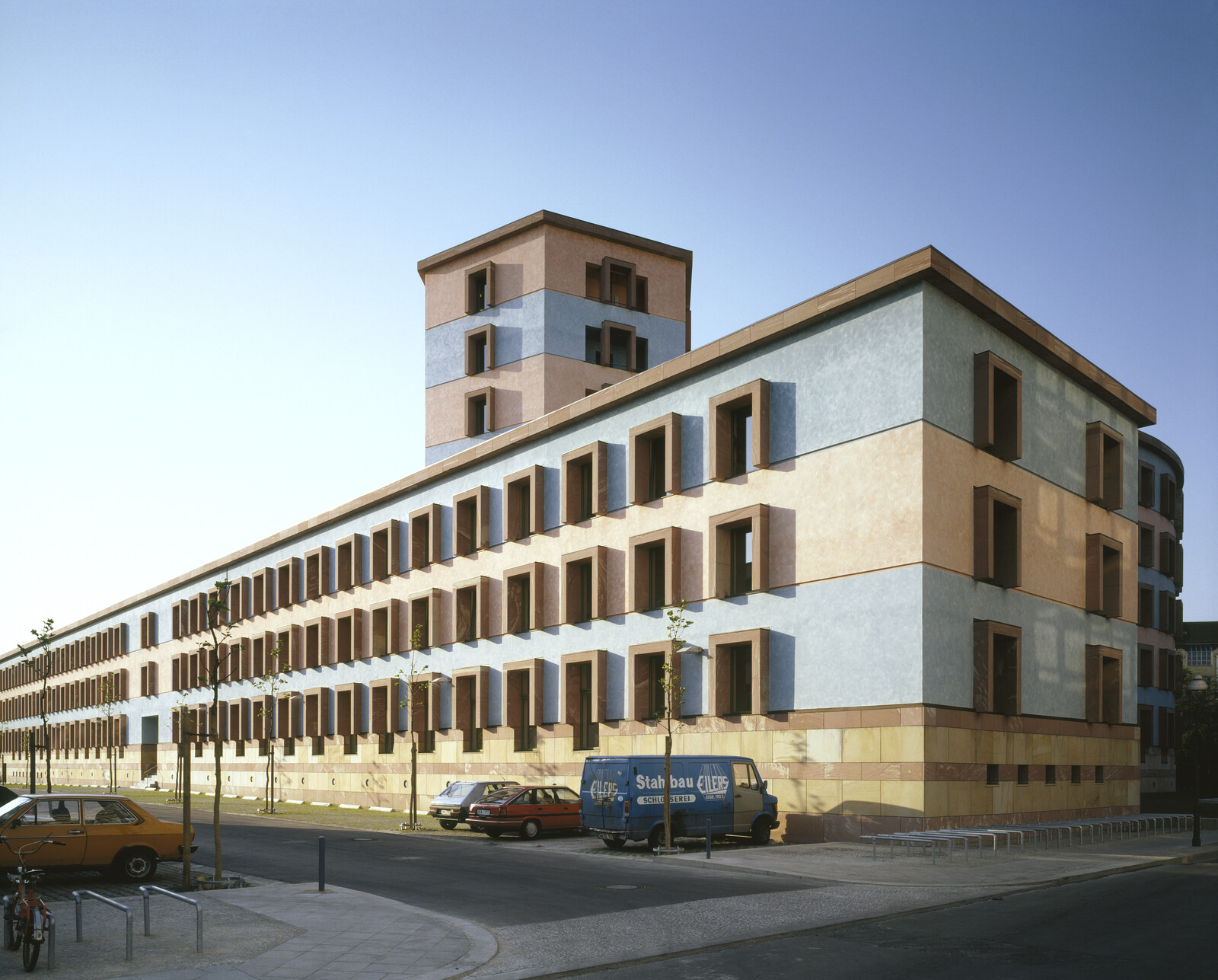


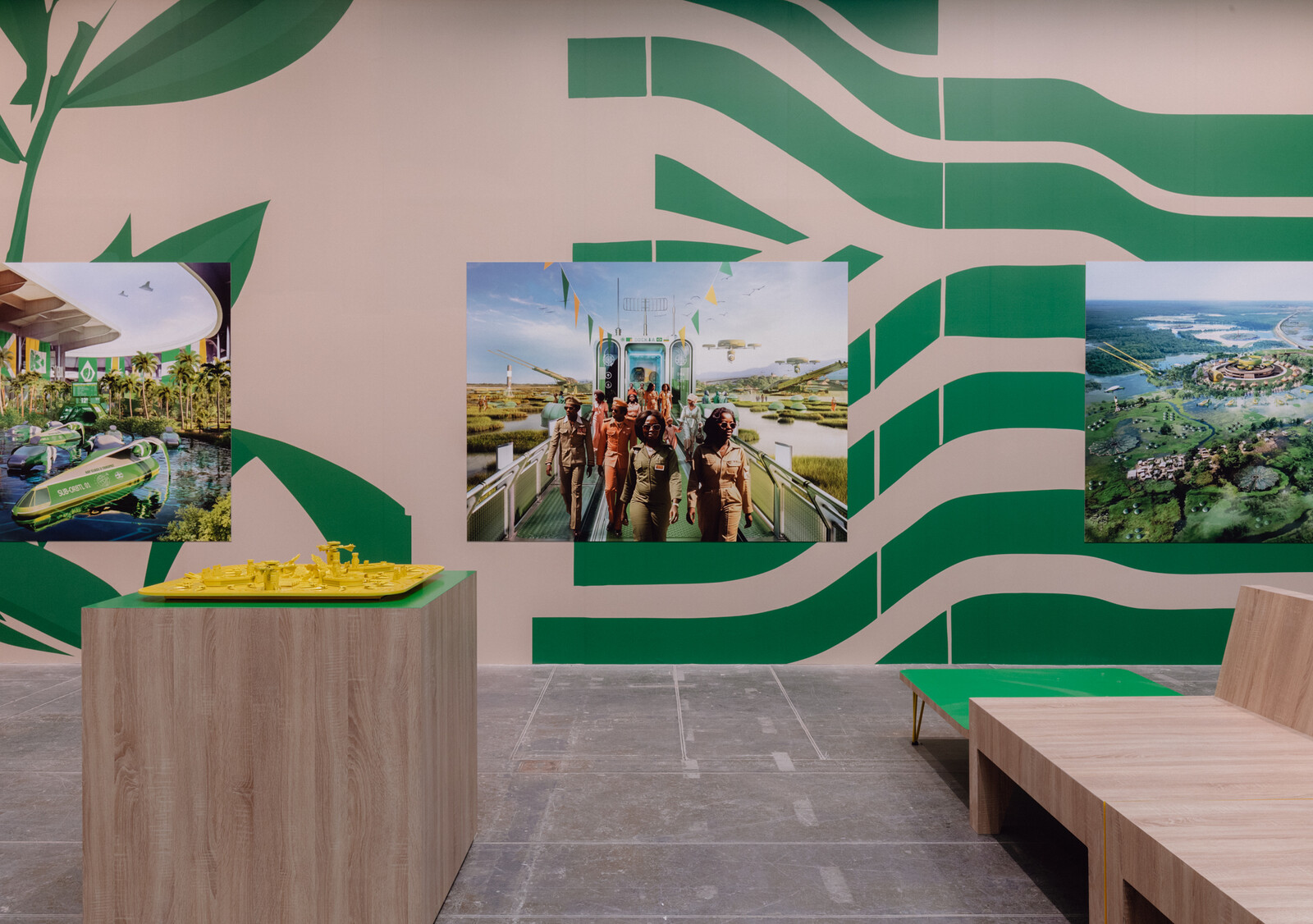




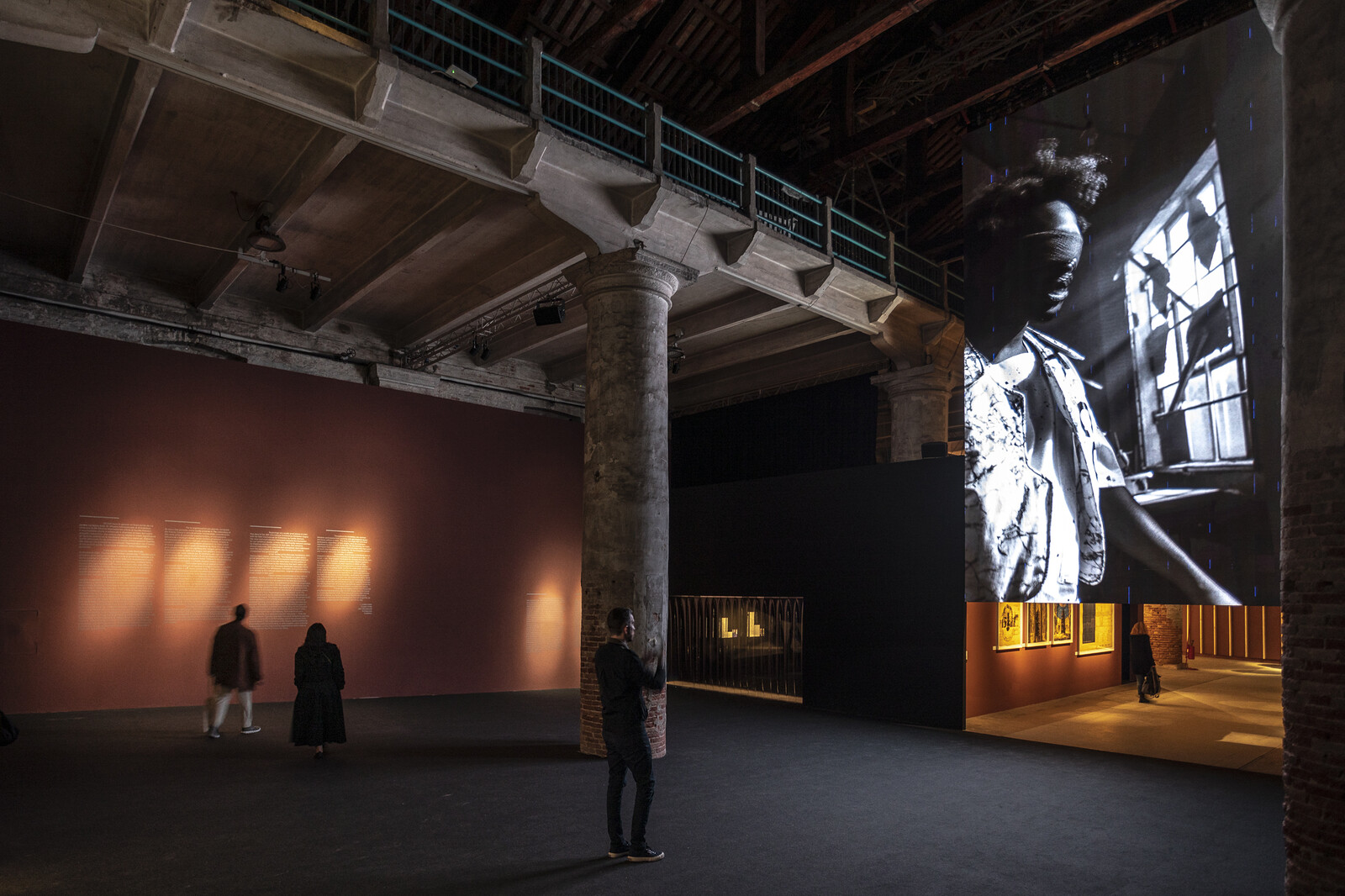







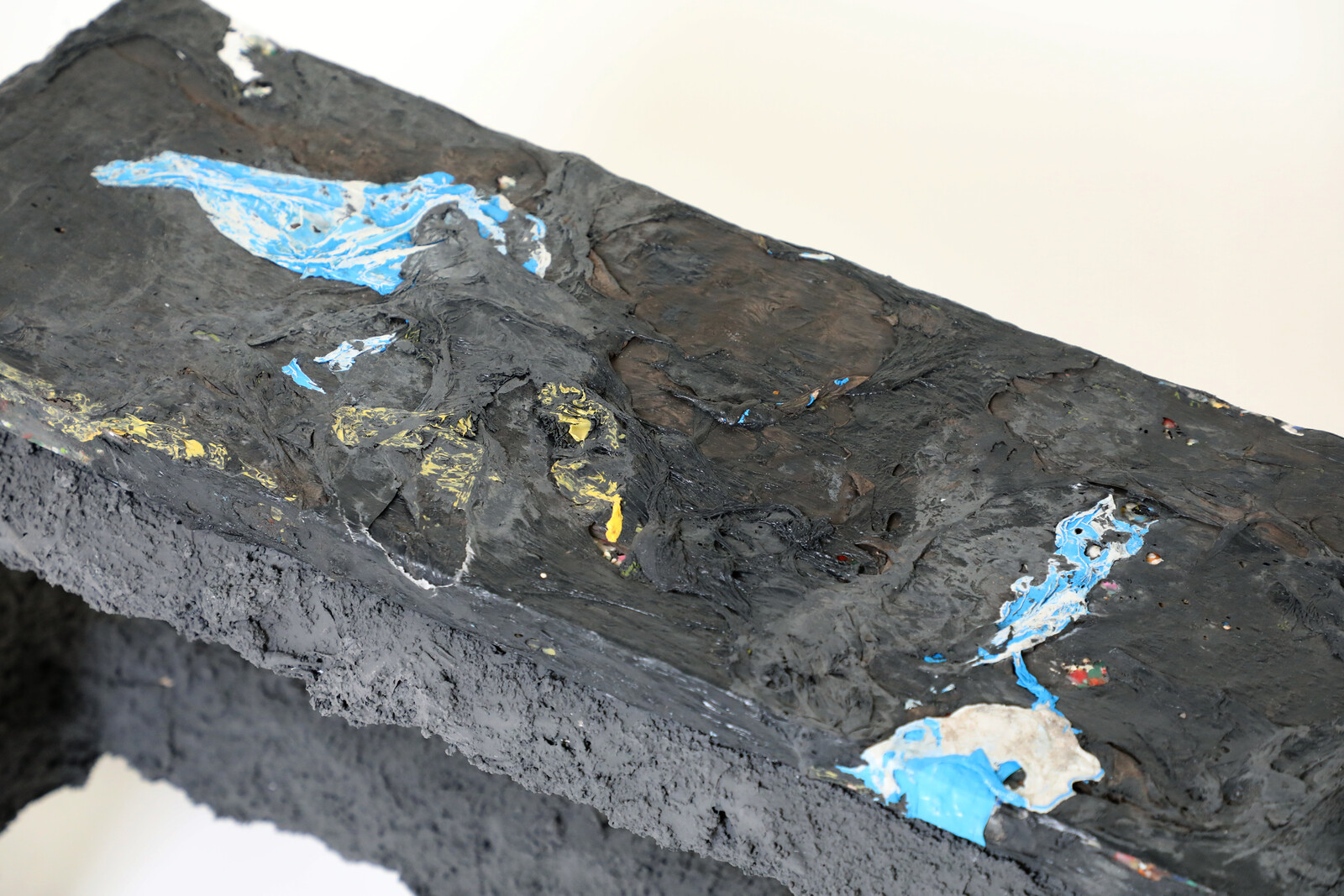





(2014).jpg,1600)










,-2003,-srgb.jpg,1600)





